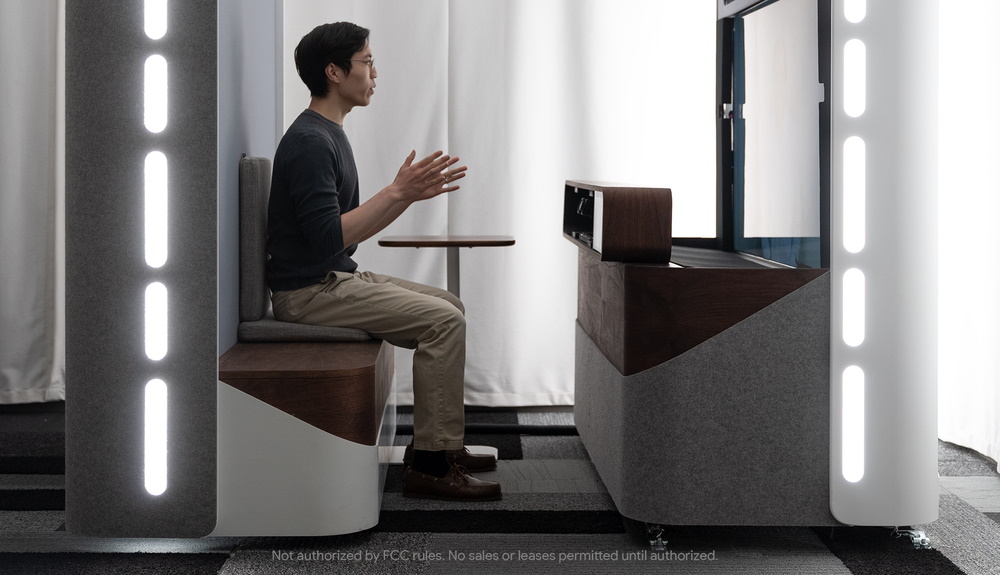In an age where remote communication has become the norm, Google’s Project Starline is set to redefine how we connect with each other. This innovative initiative leverages cutting-edge 3D imagery technology to create a life-size video calling booth, seamlessly transporting users into an immersive space where it feels like they are sharing the same room with their loved ones. By blending extensive research in visualization technology and human-centered design, Google’s Project Starline not only aims to foster deeper connections but also to revolutionize video conferencing experiences.
The Technology Behind Project Starline
At the heart of Project Starline is an array of high-resolution cameras and custom depth sensors that intricately capture the nuances of human presence. By strategically positioning these cameras around a specially designed screen, Google can generate a live 3D model of the person speaking, allowing for a lifelike up-close interaction. The technology processes extensive visual data, including color and lighting, to render an image that appears almost tangible.
- Light Field Display: Project Starline employs a breakthrough light field display that facilitates an engaging 3D viewing experience without the need for special glasses. This innovation stems from Google’s acquisition of Lytro, a pioneer in light field technology, enabling it to create realistic representations of physical spaces.
- Real-Time Perspective Adjustments: The system intuitively tracks user movements, adjusting the displayed image accordingly to ensure that it accurately reflects the user’s perspective. This interactive experience heightens the illusion of presence, making long-distance communication feel more intimate.
Creating Emotionally Resonant Experiences
The emotional resonance of Project Starline is particularly telling. Users in initial trials reported feelings akin to physical proximity, expressing sentiments like, “I could feel her and see her, it was like this 3D experience.” It’s this ability to exploit the emotional essence of interaction that sets this technology apart from traditional video calling platforms. In industries such as medicine, where human presence can significantly elevate patient interactions, the implications are revolutionary.
With the advent of such an immersive communication tool, we envision a future where distance no longer serves as a barrier to genuine human connection.
Broader Implications and Future Developments
As Project Starline transitions from prototype to potential commercial availability, its applications across various sectors, particularly healthcare, education, and remote work, will require keen attention. Beyond merely improving video conferencing, this technology forges pathways toward virtual environments where collaboration feels seamless and intuitive.
While we may not see consumer versions of Project Starline hitting the market immediately, the interest it generates can inspire further innovation in 3D communication technology. Companies may explore how to integrate similar systems into their operations to foster stronger collaboration and engagement amongst dispersed teams.
Conclusion
In an era where technology continually evolves to tackle the challenges of human interaction, Google’s Project Starline stands out as a potential game-changer. This innovative approach to video communication not only targets the emotional aspects of interaction but also recognizes the need for advanced technologies to bridge the distance. As trials advance and the platform matures, we look forward to discovering how Project Starline will shape the future of video communication.
At fxis.ai, we believe that such advancements are crucial for the future of AI, as they enable more comprehensive and effective solutions. Our team is continually exploring new methodologies to push the envelope in artificial intelligence, ensuring that our clients benefit from the latest technological innovations.
For more insights, updates, or to collaborate on AI development projects, stay connected with fxis.ai.

